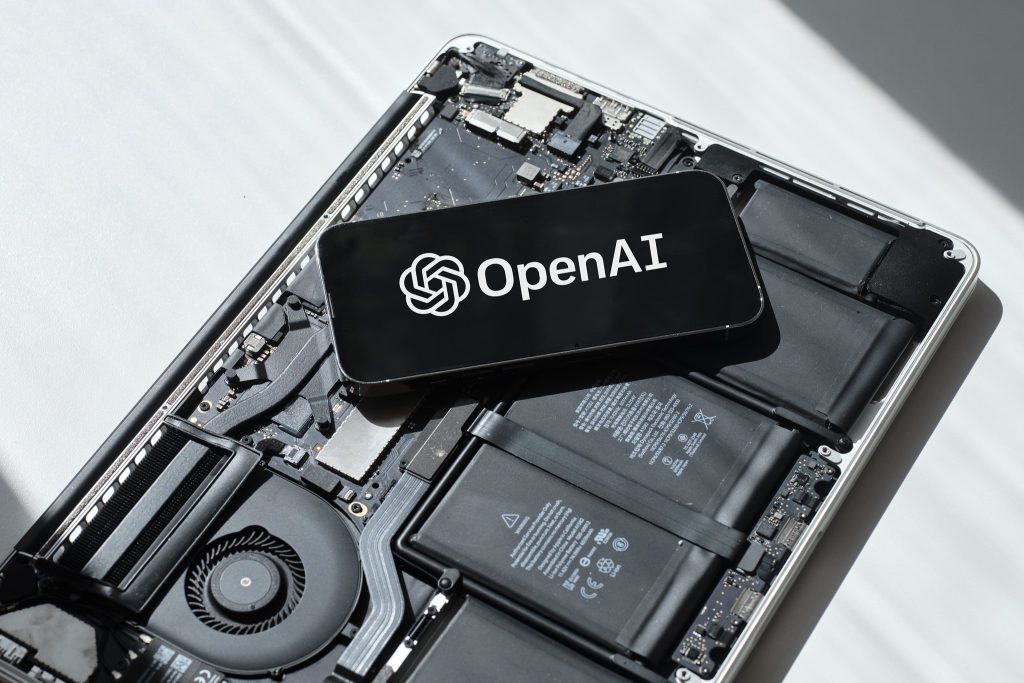
OpenAI released Sora 2, a next-generation video-and-audio-generation model and a companion social app that the company says is far more physically accurate, controllable, and realistic than previous systems.
In a blog post and product launch, OpenAI said Sora 2 can generate synchronized dialogue, sound effects, and complex scenes that better obey the laws of physics, a leap the company compared to early breakthroughs in large language models. Public examples shared by OpenAI show the system producing athletics sequences, skateboard and gymnastics tricks, and cinematic action that preserve object permanence and plausible motion, the company said.
“Sora 2 can do things that are exceptionally difficult, and in some instances outright impossible, for prior video generation models,” OpenAI wrote. The company emphasized the model’s improved ability to model failure as well as success. If a basketball player misses a shot in a Sora 2 clip, the ball reportedly rebounds off the backboard rather than “teleporting” to the hoop, as some earlier systems have done.
OpenAI’s Sora 1 can also generate sound effects
The model also generates background soundscapes, speech, and sound effects with “a high degree of realism,” OpenAI said, and supports a wide range of visual styles from photorealistic to cinematic and anime. OpenAI said the system can “inject elements of the real world” into generated scenes by inserting a recorded person, animal, or object into any environment with a faithful portrayal of appearance and voice.
Sora 2 has a new iOS app, also called Sora, that OpenAI is rolling out by invitation in the U.S. and Canada, and plans to expand elsewhere. The social app centers on an “upload yourself” feature known as Cameos. Users will make a short, one-time video-and-audio recording to verify their identity and capture their likeness, then can drop that likeness into Sora-generated scenes. Users can give friends permission to use their cameo, revoke access at any time, and view or remove videos that include their image, OpenAI said.
Sound on. pic.twitter.com/QHDxq6ubGt
— OpenAI (@OpenAI) September 30, 2025
OpenAI said the app is designed to encourage creation rather than passive consumption. The company built recommender algorithms that can be instructed in natural language, will periodically poll users about well-being and offer options to adjust feeds, and has default limits on how much teens can see. The company said it will deploy human moderators and parental controls via ChatGPT to manage harassment and set usage limits.
The new video-generating model will be available for free at first
Sora 2 will be available initially for free with “generous limits,” OpenAI said, and a higher-quality “Sora 2 Pro” model will be available to ChatGPT Pro users. The company said it plans to release Sora 2 through an API, opening the technology to developers.
OpenAI acknowledged the risks posed by realistic video synthesis. The company said it built safety tools around consent, provenance, and content restrictions, and that cameo access is controlled end-to-end by the user. But experts and advocates have long warned that deepfakes and nonconsensual synthetic media can be abused for harassment, fraud, and political manipulation, and legal frameworks governing such content remain limited in many countries.
Physics with Sora 2
…and some anime. pic.twitter.com/AkqVysryzH
— OpenAI (@OpenAI) September 30, 2025
“The ability to revoke a cameo is important, but access control can be abused or circumvented, and platforms must invest heavily in detection, review, and redress,” said one technology policy researcher who reviewed OpenAI’s materials but was not involved with the product.

